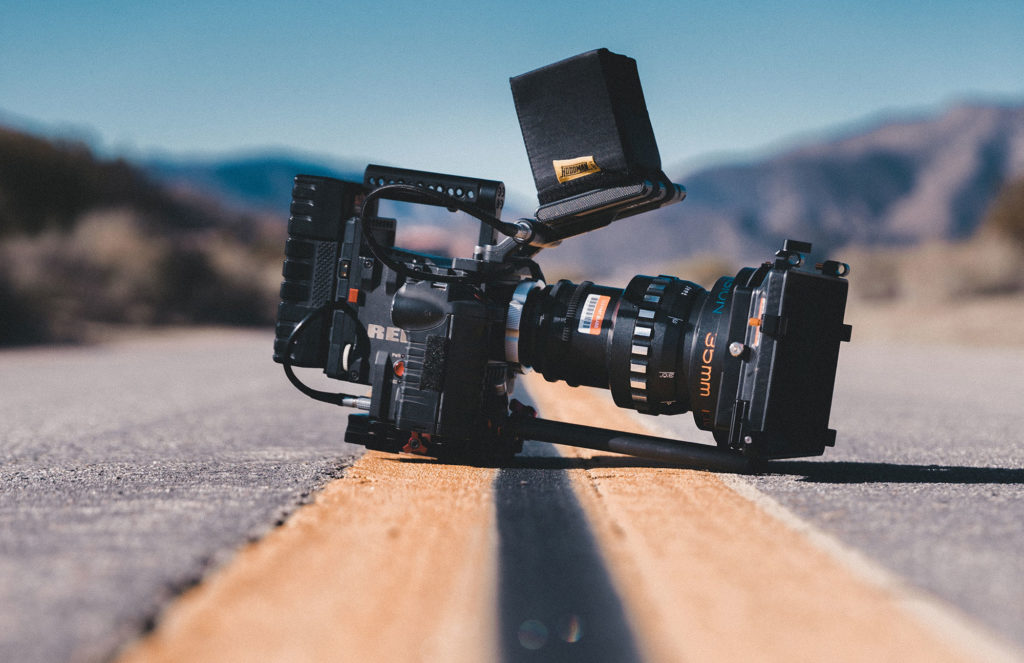
A thousand words
Say you’re working on a blog post or a new landing page for your website and you think, “Hey, I could really use an image to jazz this up.”
So you go to Google Image Search, find something cool, and include it, thinking, “That was easy!” Right?
Nope.
Sorry, but most things you’ll find in a standard image search are NOT photos you can use because of copyright and “fair use” requirements. By almost any standards, the Google Image Search concept is a total no-go.
But don’t worry, there’s good news. There are a ton of places to get free, high-quality, totally usable images for your project. We also share some tips to help you know you’re getting the best image for your project.
Don’t skip this part. We promise not to make your eyes glaze over too much, but this is key to avoiding problems and, in the absolute worst cases, can save you from a lawsuit!
Only use images that specifically say you’re allowed to use them for the purpose you have in mind. There are a lot of sites that provide images for public use for noncommercial purposes. If you in any way attempt to monetize your website – through affiliate links, sale of services, even donations – you don’t fall into this category. Don’t use any images from sites that don’t specifically say they can be used, and even on stock sites, read the terms and directions and be sure they apply to your case. Err on the side of caution here!
Don’t use anything that contains copyrighted material outside of “fair use” guidelines. This can get complicated (for instance, if you’re writing a product review), but the short version is, if you haven’t specifically received permission or an invitation to use an image, and it belongs to another entity, it’s not available. This includes everything from brand logos to movie stills, but also any professionally taken photos unless you have a signed release from the original photographer. (Really. You’re not supposed to post your kids’ public‐school pictures on Facebook unless you buy the rights. I know, everyone does it, but the law says that if the photographer wants to make a big deal about it, they can – and will probably win.) Some things are OK – logos from companies you’ve partnered with when use of the logo is included in the agreement – but again, if you’re not sure, it never hurts to be on the safe side.
A lot of people seem to think that if you only use one image, or only a small image, or some other arbitrary rule, then it qualifies as “fair use.” It doesn’t. There are very specific things that count as fair use, and generally you making money off someone else’s work doesn’t count.
No matter where you’re looking (and we promise, we’ll tell you exactly where in a minute), there will be THOUSANDS of possible options. Having a clear idea of what works will help you get the right image quickly. If you don’t know exactly what you want, keep these basic tips in mind.
Don’t pick something spammy or fake‐looking. You know the type – if it looks like clip art you were thrilled with in 1992, it’s not a good stock image for a professional communication. If it looks like something you’d get in an email asking you to buy discount pharmaceuticals, it’s not a good stock image for a professional communication.
Think conceptually. You might have in mind the idea of using a photo of two people shaking hands to illustrate teamwork. But handshaking is not appropriate in all cultural contexts, and most handshake graphics depict a couple of white men – not the most diverse way to illustrate that your group works well with everyone, right? So what’s the concept you’re going for? If you start thinking about “different pieces working together,” you may end up with an image such as a set of gears, more applicable and culturally appropriate.
Don’t use stock images too often. Real photos of you and what you do are always best. Especially if you’re reaching out to people who don’t currently work with you or read your content, you want your images to depict the reality of what they can expect to see.
Our top recommendation is always to use totally unique content – your own work or something you’ve contracted for. But we know that’s not always possible, and we use free images ourselves when appropriate.
In fact, you’ll see free images from some of the sites mentioned here in many places across Technical Penguins. We’re not kidding. They’re good options.
If you’re writing about a particular product, an often-overlooked source of images is a corporate media kit. Don’t forget that companies generally want people to write about their products!
For example, say you happen to want to extol the virtues of Diet Pepsi. (Technical Penguins President Joan picked this as an example a few years ago when speaking on this topic, because she sort of had a Diet Pepsi addiction at the time.)
A quick visit to the media page of PepsiCo turned up this huge library of Pepsi downloads. Voila, free Pepsi-based images we can use.
To find such images, Google the product name with “press kit” or “media kit.” These images will be generally be MUCH tighter in terms of how you can “remix” or alter them, so please read any on-site guidelines or terms of use carefully.
We know site performance! Whether you want an audit to find our where the slowness is, or would like to take advantage of our Penguin Pack of plugins that help alleviate speed issues, we can help.

Photo‐sharing website Flickr offers a way to search for only images licensed for reuse through what’s called Creative Commons, an easy‐to‐understand rights system.
The simplest Flickr Creative Commons search is found here. This search gives you all photos licensed for use with attribution (also known as credit). These can be used as “derivatives,” meaning you can take the photo and edit it for your own needs.
There are other types of Creative Commons searches on Flickr as well. If you can’t find the perfect image in the attribution‐only search, there are some with slightly more stringent usage terms available through the broader Flickr Creative Commons search. (For instance, some photos can be used but NOT remixed or derived from. Some can be used, but only on sites that don’t generate revenue – don’t forget, you PROBABLY don’t want that.)
This is a great place to find stock photos, because most of these fit the guidelines we mentioned above about good stock images – realistic, not clip‐arty, and so on. The most important thing to do is to link back to the source image and to give credit. (And that holds for many free sources of images!)
One of our other top go-to sites for free images is Unsplash. While its library isn’t super-varied, the work is incredibly high-quality.
That’s because it was created by a group of artists/photographers/designers who were fed up with some of the ridiculousness you can find on the kind of stock image sites we’re NOT linking to. They wanted to showcase great work and make it available to inspire more great things in the future.
For this site, you need to register as a user to download images, but everything is always totally free, and crediting, while encouraged, is not required. They also encourage remixing – because, again, that’s part of the creative process.
Freepik is a great source of both photo-based art, graphics and background images. Most are usable with a short credit in the text, or you can buy a subscription (very reasonably) that allows you to remove crediting.
Some of the basic shapes we customized to make the dozen-plus penguins running around this website came from Freepik, in fact!
When you download a file, you’ll get a zipped file with a few different versions and crediting guidelines; normally you’ll want to just take the .jpg version and edit it using Photoshop or a free tool like Pixlr, but there are more complex options available if you have access to Illustrator or InDesign.
If you absolutely can’t find a free image that meets your needs, you may want to explore paid options. We’re not going to detail these too much, because we firmly believe that if you can’t use your own images or something free, your best bet is to spend your money on a photographer or designer who will create exactly what you need. But, if you want to explore, check out the following:
For today’s Big Takeaway, we’re not going to tell you what to do – we just did that. Instead, here’s what not to do.
We’ve talked about a lot of these things already. But just to be 100%, radically clear, there are some things you should not ever do when working with stock images.
1. Don’t use a professional’s photo without express permission.
This is a HUGE area of lawsuit potential.
2. Don’t use photos from news services.
That awesome National Geographic/Associated Press/Reuters/CNN picture, or one from a local news organization? Unless you’re a billionaire, you don’t want to touch it. Even then, probably don’t touch it. You need to pay money to license the photo for use — even on social media.
3. Don’t forget to read the terms and conditions.
Make sure the image really can be used in the way you want to use it. If credit is required, find out where, when and how, and do it.
4. Don’t save and use any image you find through a Google image search.
We hesitate to even mention this, because we don’t want you to remember “Google image search” and not the DON’T part. We have personally seen people sued because of this strategy, and it’s so preventable. These images often don’t carry any source or credit information with them, and potentially, they’ve been misused once already. Not being aware of where an image came from is NOT a defense against copyright infringement. If anything, it makes it worse.
As with anything else, the biggest reminder is to read the fine print carefully, to use common sense, and to think like your audience. What’s going to be most useful? What’s going to make the most sense? What’s going to help tell your story? When the answer is “a good stock photo,” now you’ll know how to find it and deploy it!